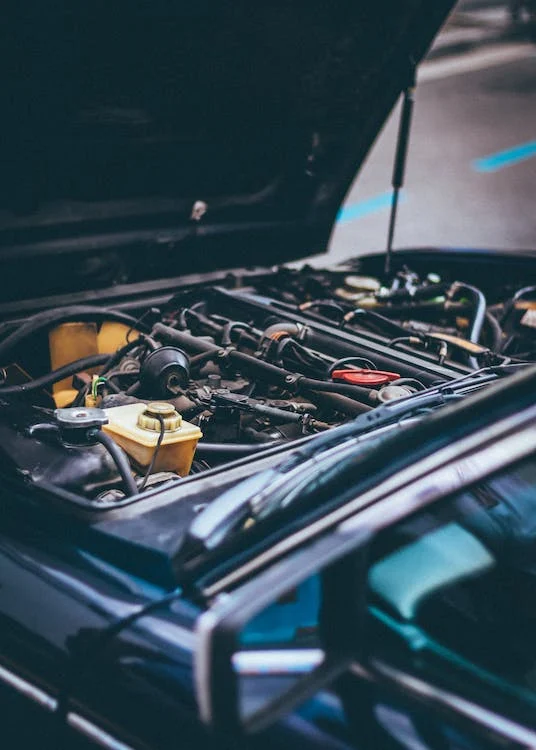Checking fluid levels is vital in the automotive industry, as these preliminary checks can anticipate a breakdown.
In this post, you will learn how checking the coolant level will help detect any loss of coolant.
How to detect a loss of coolant?
The coolant level is checked via the expansion tank. Most of the time, this jar has two marks engraved on its body:
The minimum level: this is the minimum level below which it is necessary to refill the coolant;
The maximum level: this is the top level of coolant; it is essential not to exceed this level; otherwise, it will overflow.
The check should preferably be carried out when the engine is cold (be careful: opening the hot engine coolant reservoir can cause serious burns); the level should be between the minimum and maximum.
Tip: to simplify this check, mark the actual level on the jar with a marker.
Any variation in level should be considered as a risk of malfunction and loss of coolant.
How does coolant loss occur?
Before listing the possible causes of coolant loss, let’s get to know the cooling system.
The role of the cooling system
It allows the engine to evacuate the calories generated by the combustion temperature of the cylinders (800°C); in fact, the mechanical parts that make up the engine could not withstand this heat if the heat transfer fluid (the coolant) did not do its job: take on the calories, carry them to the radiator and evacuate them into the open air.
The elements of the cooling system

The cooling system is composed of the following:
The engine enclosure:
The coolant circulates as close to the combustion chambers as possible to capture the heat.
The hoses:
These are the rigid (metal) or flexible (rubber) pipes that allow the coolant to circulate.
Radiator:
It is a heat exchanger that allows the evacuation of calories to the open air on the one hand and the cooling of the liquid on the other.
The thermostat:
Inserted in the circuit is a thermal valve that allows the regulation of the liquid temperature (from 92 to 95 °C). When the temperature of the liquid is too low, a source of fuel consumption and pollution (in case of a cold start and downhill), the thermostat closes the cooling circuit to the regulation temperature.
The water pump:
Driven by the engine, it has a turbine that accelerates the flow.
The motorized fan unit:
These are electric fans operated by a thermostatic probe; when the regulation temperature is exceeded, they force air through the radiator, preventing overheating.
The expansion tank:
This container allows the level to vary between hot and cold engines (the volume of the liquid increases with temperature).
What are the causes of coolant loss?
The technique to determine the leaks’ origin consists of inserting air under pressure in the circuit and making a visual control. Here are the different possible causes:
The hoses are either loose or cut (this is the most common cause of coolant loss).
The radiator is heavily exposed at the front by road impacts and is punctured.
The water pump seal has a leak.
The engine head gasket, which allows tight communication between the engine block and the cylinder head, is defective (in this case, cold starting produces a white vaporous smoke).
How do I repair a loss of coolant?
Whether it’s a pressure control procedure, replacement of defective elements, or filling of the circuit, these often complex operations require good mechanical knowledge; this is why it is preferable to entrust your vehicle to a professional who, after having given you an estimate, will carry out the corresponding work: count on $100 (replacement of a hose) to $1,500 (defective cylinder head gasket).

